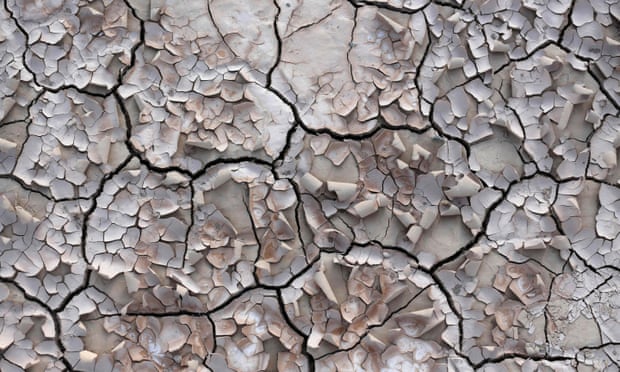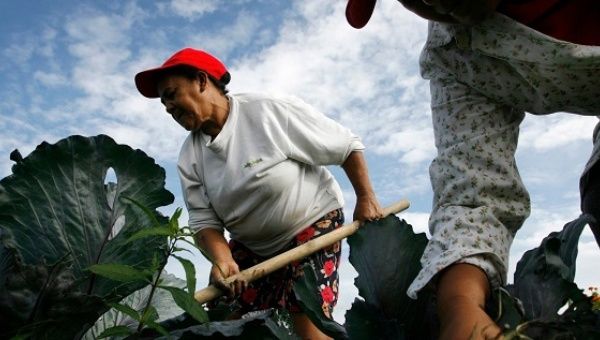The dairy industry is in crisis and dairy sustainability is under attack.
In Victoria — where most dairy farms are — Australia’s largest
processor, farmer-owned co-operative Murray Goulburn, allowed outside
investors to become members, to get the funds to build more
infrastructure to take advantage of export opportunities. Murray
Goulburn prioritised paying returns to those investors out of their 2016
$44 million annual profit, rather than to the farmers who supply the
product.
An overestimation of the global market price meant that when milk
prices dropped, Murray Goulburn slashed its farm gate milk price without
warning last April to $4.31 a kilo of milk solids or 33c a litre and
told farmers they had to repay the higher price they had been receiving.
Fonterra, the other major processor, matched the farm gate price drop.
As former chief executive Gary Helou left Murray Goulburn in May with
a $10 million payout, farmers were left owing an average $120,000
“overpayment” debt, based on payments set at his promised and
“achievable” $6 a kilogram milk price. A 38% rise in the board
directors’ fees added insult to injury.










